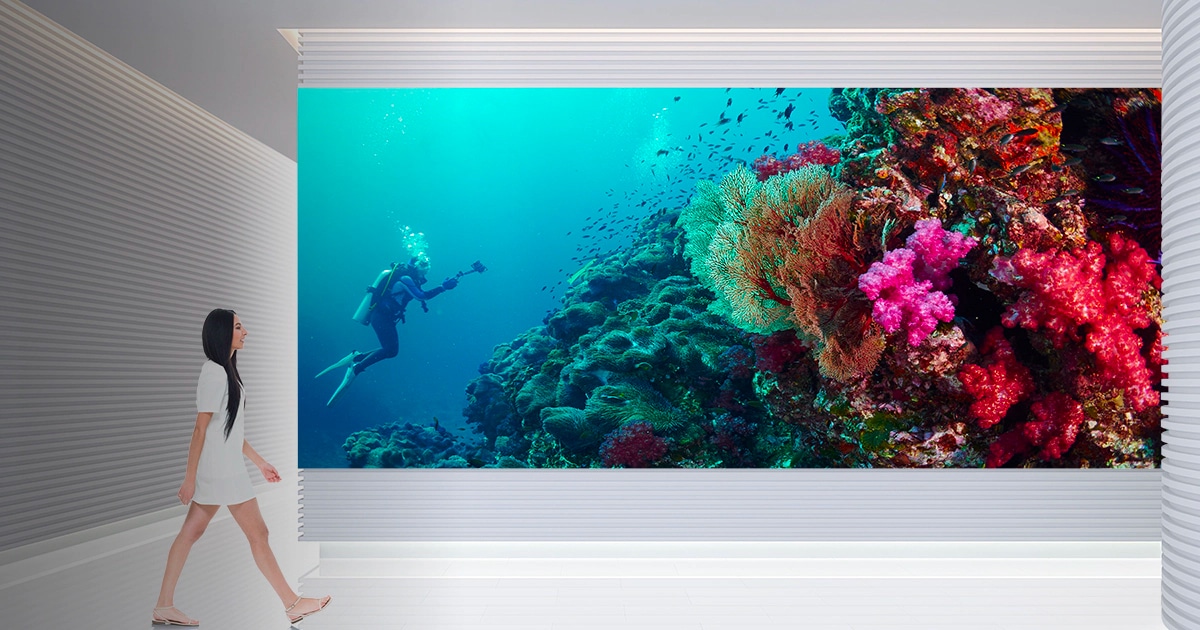Exploring the Longevity of Light Emitting Diode Wall Panels in Contrast to Traditional Screen Technologies
Exploring the Longevity of Light Emitting Diode Wall Panels in Contrast to Traditional Screen Technologies
Blog Article
LED wall screens have grown progressively favored in recent times, especially in environments like educational institutions, businesses, and community spaces. These panels use LED lights (LEDs) to produce bright and lively visuals. One of the most notable benefits of LED technology is its longevity compared to traditional screen methods, such as CRT tube tubes (CRTs) and LCD crystal displays. Grasping the differences in lifespan and functionality between these technologies can help consumers make informed decisions about their display requirements.
Classic display methods, like CRTs, have been around for numerous years. They were frequently used in televisions and PC screens. However, CRTs have a limited lifespan, typically lasting approximately 10,000 to 20,000 hrs of operation. This means that after a couple of years, users may notice a decline in picture clarity, such as fading or hue distortion. In comparison, LED panel panels can last considerably longer, frequently exceeding 50,000 hrs. This prolonged duration means that consumers can enjoy reliable performance without the need for regular substitutions.
Another crucial factor to take into account is energy conservation. LED panel panels consume less power than conventional displays, which not only helps the ecosystem but also lowers power expenses. For example, while a CRT monitor may consume approximately 100 W of power, an LED screen can use as few as 30 to 50 W. This discrepancy in energy usage adds to the overall longevity of LED innovation, as reduced power usage generates minimal thermal energy. Excess heat can damage electrical parts, leading to a shorter duration for conventional displays.
In addition to their extended lifespan and energy efficiency, LED wall panels also provide superior image clarity. They provide more vivid colors and better contrast, making them ideal for various uses, from marketing to learning displays. The innovation behind LED panels allows for a broader viewing perspective, meaning that visuals stay clear and lively even when viewed from the side. This is a major benefit over conventional screens, which often suffer from color deformation and reduced luminosity at broader angles.
In conclusion, the longevity of LED wall panels in contrast to traditional display technologies is a crucial aspect for consumers to consider. With lifespans that can surpass 50,000 hrs, power efficiency, and enhanced visual quality, LED technology provides many benefits. As innovation continues to progress, LED panel panels are likely to become even more common in multiple settings. Understanding these distinctions can help individuals and organizations make improved decisions when purchasing in display technology, ensuring they this content receive the best worth for their needs.